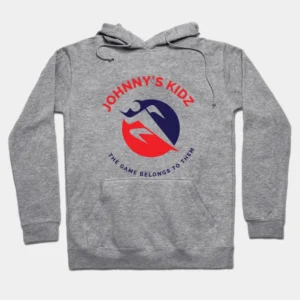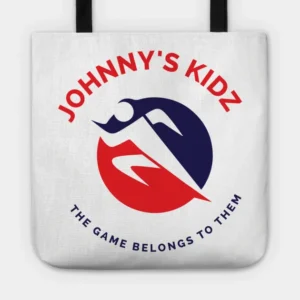Sensory Sensitivity and Youth Sports
How to manage issues related to sensory sensitivity in youth sports.
“Embracing neurodiversity in youth sports isn’t just about inclusivity; it’s about unlocking the full potential of every young athlete and enriching the entire team. When we recognize and celebrate the unique strengths of neurodiverse individuals, we pave the way for a more dynamic and compassionate sports community.”
– Coach Johnny
Introduction
Sensory sensitivity is an often overlooked but crucial aspect of inclusivity in youth sports.
Sensory sensitivity refers to the heightened or diminished response to sensory stimuli, which can significantly impact a young athlete’s experience.
These responses can be overwhelming for children with sensory processing disorder (SPD), affecting their ability to participate in sports activities.
SPD is a condition where the brain has trouble receiving and responding to sensory information.
This can manifest in various ways, such as difficulty processing tactile, auditory, or visual stimuli.
For young athletes, this can mean struggling with the feel of a uniform, the sound of a whistle, or the brightness of stadium lights.
Such challenges can create barriers to participation, leading to frustration and withdrawal from sports altogether.
Understanding and addressing sensory issues in youth sports is paramount.
Recognizing that these sensitivities exist and actively working to accommodate them can transform the sports experience for neurodiverse athletes.
Coaches, parents, and peers play a vital role in this process.
Simple adjustments, such as offering noise-canceling headphones or providing sensory breaks, can make a significant difference.
Promoting inclusivity in youth sports is not just about fairness; it’s about allowing every child to enjoy and benefit from physical activity.
By fostering an environment that respects and adapts to sensory sensitivities, we can help neurodiverse athletes thrive.
Embracing these differences enriches the sporting community, making it a more welcoming and supportive place.
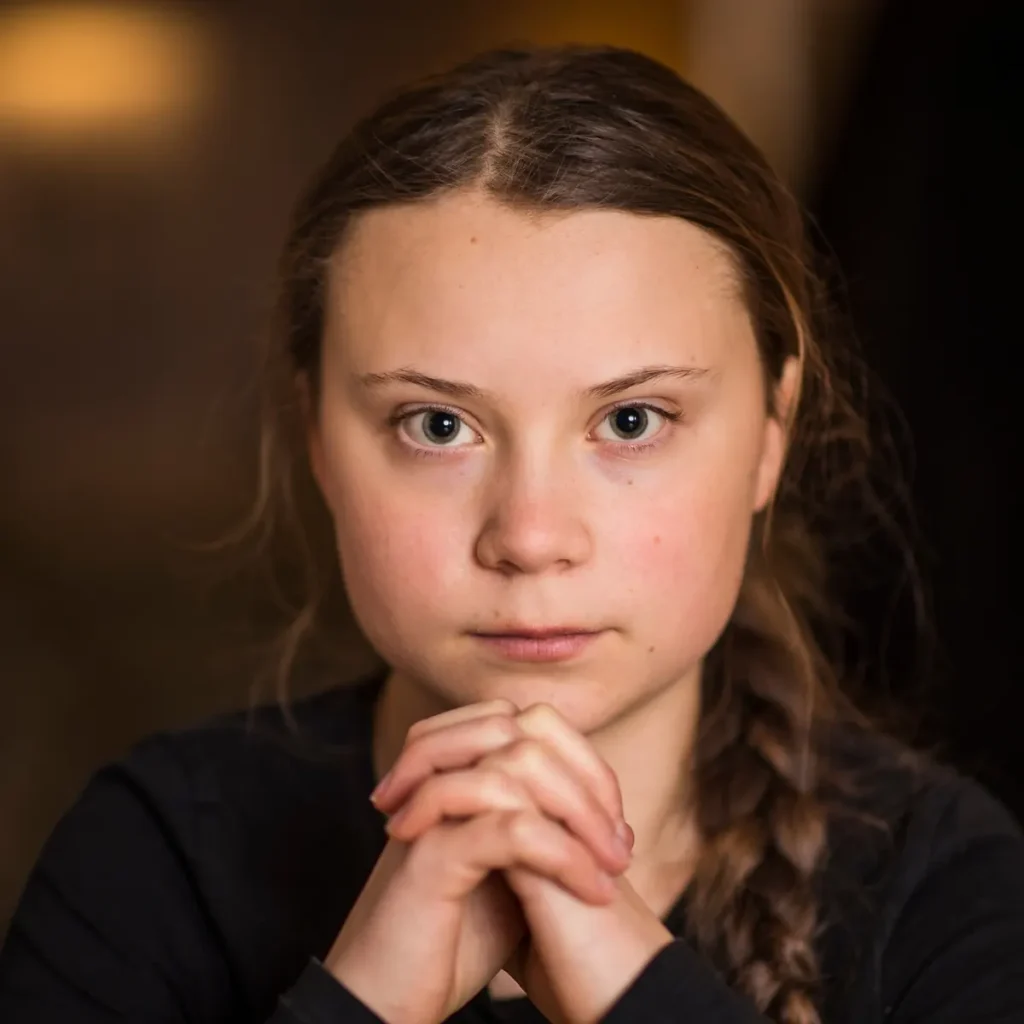
“No, autism is not a ‘gift’. For most, it is an endless fight against schools, workplaces, and bullies. But, under the right circumstances, given the right adjustments, it CAN be a superpower” (Social Impact Guide).
– Greta Thunberg, Environmental Activist
Understanding Sensory Sensitivity in Sports
Definition and Symptoms of Sensory Sensitivity
Sensory sensitivity involves either an overreaction or underreaction to sensory input, including sights, sounds, touches, smells, and tastes.
Symptoms vary widely but often include discomfort or distress in response to stimuli others may not notice.
These symptoms can interfere with athletes’ focus, comfort, and overall performance.
The Role of Sensory Processing in Athletic Performance
Sensory processing is critical in sports as it helps athletes navigate their environment, coordinate movements, and react to dynamic situations.
Proper sensory integration allows for better balance, timing, and spatial awareness.
However, when sensory processing is impaired, it can lead to difficulties in these areas, affecting an athlete’s ability to perform and enjoy sports.
Common Sensory Sensitivity Challenges Faced by Young Athletes
- Noise: The roar of the crowd, the sharp sound of whistles, and the clang of equipment can be overwhelming for those with auditory sensitivities. These noises can cause anxiety, distract from the game, and lead to a reluctance to participate. For some, even the sound of teammates shouting instructions can be jarring.
- Bright Lights: Stadium lights, sunlight, and even reflections off surfaces can be problematic. Athletes with visual sensitivities may find it difficult to focus on the game, leading to headaches or eye strain. This is particularly challenging in outdoor sports where lighting conditions are less controllable.
- Physical Contact: Sports often involve a lot of physical interaction, whether a teammate’s high-five or the physical jostling in a soccer game. For those sensitive to touch, this can be uncomfortable or even painful. Crowded spaces, like locker rooms or team huddles, can exacerbate this discomfort, making it hard for them to feel at ease.
Recognizing these challenges is the first step towards creating a more inclusive sports environment.
By understanding the nature of sensory sensitivity and its impact on young athletes, we can begin to implement strategies that accommodate these needs and help every child enjoy the benefits of sports.
“Neurodiversity may be the birthplace of some of humanity’s greatest minds” (thatonerule.com).
– Harvey Blume, Journalist

Suitable Sports for Sensory Processing Disorder
Participating in sports can be a double-edged sword for neurodiverse children.
On one hand, it offers physical benefits and social interaction. On the other, it presents sensory challenges that can be overwhelming.
Sensory processing disorder (SPD) affects how the brain processes sensory information, leading to either hypersensitivity or hypersensitivity.
Understanding sensory sensitivity in sports is crucial for creating inclusive and supportive environments for all children.
Selecting the right sport can make a significant difference for children with SPD.
It is essential to consider sports that provide controlled environments and minimize sensory triggers.
Swimming
Swimming is highly recommended for children with sensory needs.
The aquatic environment offers calming properties, and the proprioceptive input from water compression provides a soothing, full-body experience.
Swimming allows children to engage in physical activity without the overwhelming sensory inputs in many other sports.
Track and Field
Track and field events are ideal for children with SPD because they often involve individual participation and a predictable routine.
Running, jumping, and throwing can help children focus on their performance without the unpredictability of team dynamics.
The open, outdoor environment also reduces sensory overload from noise and crowds.
Martial Arts
Martial arts, such as karate or judo, emphasize self-regulation and discipline.
These sports offer structured environments and repetitive movements, which can be soothing for children with SPD.
Martial arts also provide deep proprioceptive input, which helps children develop body awareness and control.
Gymnastics
Gymnastics is another excellent option for children with sensory processing challenges.
It combines strength, coordination, and balance in a controlled setting.
Gymnastics routines and equipment provide proprioceptive and vestibular input, which can help regulate the sensory system.
Benefits of Individual vs. Team Sports for Neurodiverse Children
When considering sports for neurodiverse children, weighing the benefits of individual versus team sports is important.
Individual Sports
Individual sports like swimming, track and field, and gymnastics allow children to focus on their progress and achievements.
These sports minimize team interactions’ social and sensory demands, reducing the risk of sensory overload.
They also offer more predictable environments, which can be comforting for children with SPD.
Team Sports
While team sports can be challenging due to their dynamic and often noisy environments, they also offer unique benefits.
Football and martial arts, for instance, provide intense proprioceptive input and opportunities for social interaction and teamwork.
Team sports can foster social skills, collaboration, and a sense of belonging for children who can manage these sensory demands.
Choosing the right sport for a neurodiverse child requires understanding their sensory sensitivities and preferences.
Sports like swimming, track and field, martial arts, and gymnastics offer controlled environments and significant sensory benefits.
Balancing individual and team sports can help neurodiverse children enjoy physical activity while effectively managing their sensory needs.
By creating supportive and inclusive sports environments, we can help every child thrive.
For more detailed insights and recommendations, refer to the article on The Inspired Treehouse here.
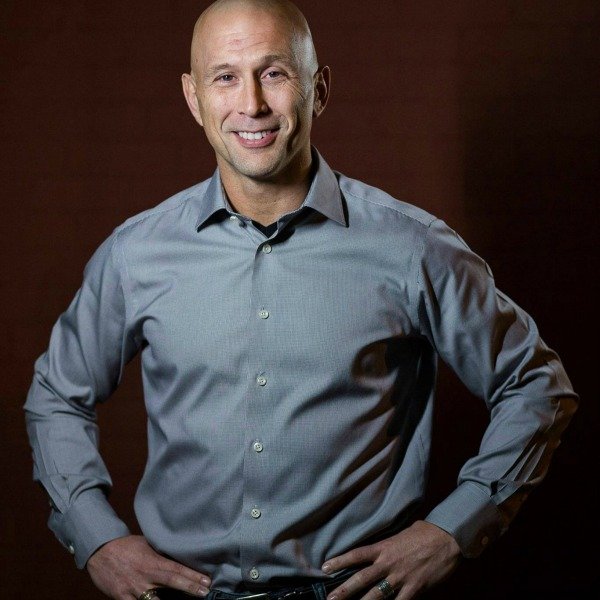
“I didn’t succeed despite my dyslexia, but because of it. It wasn’t my deficit, but my advantage. Although there are neurological trade-offs that require that I work creatively [and] smarter in reading, writing, and speaking, I would never wish to be any other way than my awesome self. I love being me, regardless of the early challenges I had faced” (Social Impact Guide).
– Scott Sonnen, Professional Athlete
Practical Tips and Strategies for Managing Sensory Sensitivity
Sensory Tools and Equipment
Noise-canceling headphones: These can be a game-changer for children sensitive to loud sounds.
Whether the crowd cheers or the coach whistles, noise-canceling headphones can help filter out the noise, allowing the athlete to focus better.
Sunglasses or tinted visors: Bright lights can be distracting or even painful for some children.
Sunglasses or tinted visors can reduce glare and make the environment more visually comfortable.
Weighted vests or compression clothing: These items provide proprioceptive input, which can be calming and help improve body awareness.
This is particularly useful for children who might feel overwhelmed by the physical demands of their sport.
Modifications in Training
Gradual exposure to sensory triggers: Introducing sensory triggers slowly can help children build tolerance over time.
For example, start with low-intensity noise and gradually increase the volume as the child becomes more comfortable.
Creating sensory-friendly practice environments: Make practice areas more accommodating by controlling lighting and noise levels.
Using soft lighting and minimizing background noise can make a significant difference.
Allowing breaks and quiet spaces: Designate a quiet area where children can take breaks if they feel overwhelmed.
This space should be free from sensory stimuli and provide a calming environment.
Mindfulness Techniques
Breathing exercises: Teaching children simple breathing exercises can help them manage sensory overload.
Techniques such as deep breathing can reduce anxiety and improve focus.
Visualization and grounding techniques: Visualization exercises can help children imagine a calming scene or experience, which can distract from sensory overload.
Grounding techniques, like focusing on physical sensations (e.g., the feel of the ground under their feet), can also help center their attention.
Positive reinforcement and encouraging self-awareness: Positive reinforcement for managing sensory issues can boost confidence.
Encourage children to recognize their sensory triggers and self-advocate for their needs.
This self-awareness is crucial for long-term success in managing sensory sensitivities.
Understanding and managing sensory sensitivity in sports is essential for creating an inclusive environment where all children can thrive.
By utilizing sensory tools and equipment, making thoughtful modifications in training, and incorporating mindfulness techniques, we can help neurodiverse athletes enjoy the benefits of sports while minimizing sensory overload.
Each child’s needs are unique, so tailoring these strategies to the individual is important.
With the right support, neurodiverse children can overcome sensory challenges and experience the joy and camaraderie that sports offer.
“It is not our differences that divide us. It is our inability to recognize, accept, and celebrate those differences” (Social Impact Guide).
– Audre Lorde, Poet and Activist
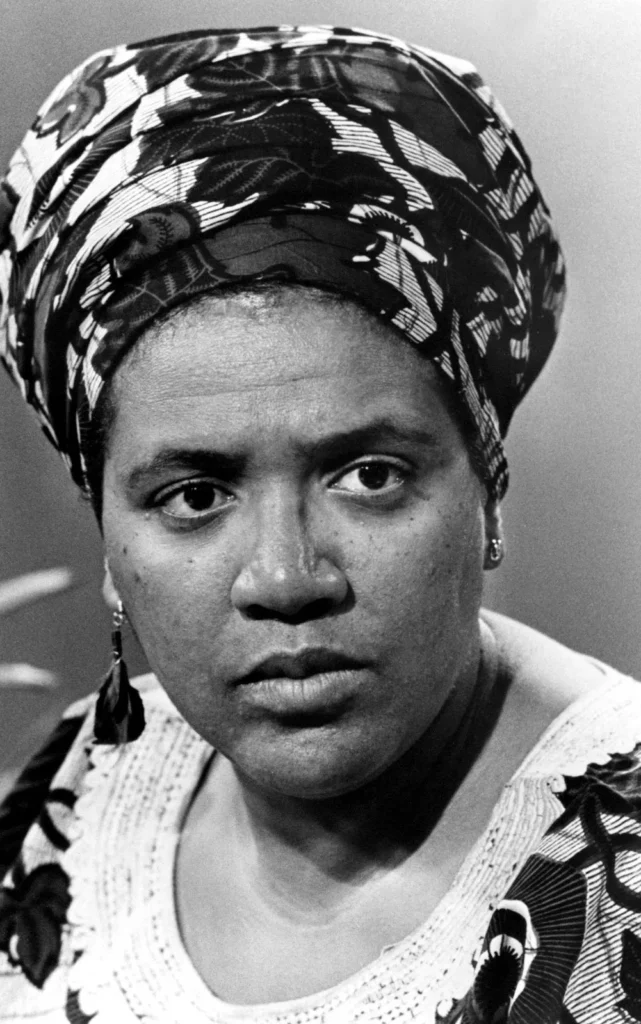
Equipment and Adaptations to Support Neurodiverse Athletes
In the world of youth sports, inclusivity is essential.
For neurodiverse athletes, thoughtful adaptations and equipment modifications can make a significant difference.
Here’s a closer look at creating an environment that supports their needs.
Adapted Sports Equipment
Softer Balls or Modified Gear
For many neurodiverse athletes, traditional sports equipment can be overwhelming.
Softer balls, for instance, can reduce the risk of injury and alleviate anxiety. Modified gear tailored to specific needs ensures safety and comfort.
For example, larger, lighter balls can help athletes with coordination challenges participate more confidently.
Customized Uniforms with Sensory-Friendly Fabrics
Uniforms made from scratchy materials can be a significant distraction.
Customized uniforms using sensory-friendly fabrics, such as cotton or moisture-wicking blends, can enhance comfort.
The goal is to minimize sensory discomfort, allowing athletes to focus on the game rather than their clothing.
Environmental Adjustments
Adjusting Lighting and Noise Levels
Neurodiverse athletes often have heightened sensitivity to sensory stimuli. Bright lights and loud noises in typical sports environments can be distressing.
Adjusting lighting softer and using noise-dampening techniques, like padded walls or quieter whistles, can create a more welcoming space.
Providing earplugs or noise-canceling headphones can also be beneficial.
Setting Up Designated Quiet Zones
Creating designated quiet zones is crucial. These areas offer a retreat where athletes can break from overwhelming stimuli.
Quiet zones should be easily accessible and equipped with calming tools such as weighted blankets, stress balls, and calming visuals.
This helps athletes regulate their sensory input and return to the activity refreshed.
Collaboration with Coaches and Teammates
Educating the Team About Sensory Sensitivity
Education is key to fostering an inclusive sports environment.
Coaches and teammates should be informed about sensory sensitivity and how it affects their neurodiverse peers.
Workshops or training sessions can be valuable, providing practical tips and promoting empathy and understanding within the team.
Developing Inclusive Team Strategies
Inclusive team strategies ensure that everyone can participate meaningfully.
Coaches can develop routines that incorporate sensory breaks and individualized support plans.
Team strategies might include using visual schedules, offering clear and concise instructions, and allowing extra time for skill development.
These adaptations help neurodiverse athletes thrive alongside their peers.
Supporting neurodiverse athletes in youth sports requires intentional adaptations and a commitment to inclusivity.
By modifying equipment, adjusting the environment, and fostering a collaborative team spirit, we can create a space where every athlete feels valued and empowered.
Embracing these changes benefits neurodiverse athletes and enriches the entire team, fostering a culture of empathy, understanding, and mutual support.

“Dyslexic kids are creative, ‘outside-the-box’ thinkers. They have to be because they don’t see or solve problems the same way other kids do. In school, unfortunately, they are sometimes written off as lazy, unmotivated, rude or even stupid. They aren’t. Making Percy dyslexic was my way of honoring the potential of all the kids I’ve known with those conditions. It’s not a bad thing to be different. Sometimes, it’s the mark of being very, very talented” (Social Impact Guide).
– Rick Riordan, Author
Conclusion
Understanding Sensory Sensitivity
Sensory sensitivity is a common aspect of neurodiversity that can significantly impact a child’s experience in sports.
Children with sensory sensitivities may be overwhelmed by loud noises, bright lights, or physical contact.
Recognizing these sensitivities is the first step toward creating a supportive sports environment.
Coaches and parents need to be aware of triggers and adapt their approach to accommodate these needs.
Understanding these children’s sensory challenges helps craft strategies that make sports enjoyable for everyone.
Practical Strategies for Managing Sensory Sensitivity
Managing sensory issues in youth sports requires practical strategies.
One effective approach is to provide a quiet space where children can take breaks if they feel overwhelmed.
Coaches should also consider using visual schedules to help children understand the structure of practices and games and reduce anxiety.
Another strategy is gradually introducing new sensory experiences, allowing children to acclimate at their own pace.
Positive reinforcement and a predictable routine can also significantly help manage sensory sensitivities.
Importance of Suitable Sports and Adaptive Equipment
Choosing the right sport and adaptive equipment is crucial for children with sensory sensitivities.
Some sports, like swimming or individual activities, may be more suitable as they involve less sensory overload than team sports.
Additionally, using adaptive equipment to reduce sensory triggers can make a big difference.
For example, softer balls or noise-canceling headphones can help children participate more comfortably.
Tailoring the sports experience to each child’s unique needs is essential, ensuring they can enjoy and benefit from physical activity.
Encouragement to Create Inclusive Sports Environments
Creating inclusive sports environments is vital for supporting neurodiverse children.
Coaches, parents, and peers should foster an atmosphere of acceptance and understanding.
Inclusive practices might include educating teammates about sensory sensitivities and promoting empathy.
Encouraging a culture where every child feels valued and included can transform the sports experience for neurodiverse children.
Celebrating small achievements and providing consistent support helps build confidence and fosters a love for sports.
Additional Resources and Support About Sensory Sensitivity
For further guidance, numerous organizations and support groups offer valuable resources:
- Organizations:
- Books and Articles:
- Professional Advice: Seek help from occupational therapists specializing in sensory processing issues.
Understanding and addressing sensory sensitivities in youth sports can transform the experience for neurodiverse children.
By implementing practical strategies, choosing suitable sports and equipment, and fostering inclusive environments, we can create a supportive space for every child to thrive.
Let’s work together to make sports an enjoyable and enriching activity for all.
Call to Action
Join Coach Johnny in cultivating the next generation of youth sports athletes.
Embrace Neurodiversity in Youth Sports
Neurodiversity is a key ingredient in creating a vibrant and inclusive sports environment.
When we recognize and celebrate the unique abilities of neurodiverse youth, we unlock their full potential and enrich our teams.
It’s time to take action!
Coaches and Trainers
Start by educating yourself about neurodiverse conditions such as ADHD, autism, and dyslexia.
Implement strategies that cater to different learning styles and sensory needs. Create a supportive atmosphere where every child feels valued and understood.
Action Steps:
- Attend workshops on neurodiversity.
- Collaborate with experts to adapt training techniques.
- Foster open communication with neurodiverse athletes and their families.
Parents and Guardians
Your role is crucial in advocating for your child’s needs.
Engage with coaches and sports organizations to ensure they provide appropriate accommodations and support.
Action Steps:
- Share your child’s strengths and challenges with their coaches.
- Volunteer to assist in creating inclusive sports programs.
- Encourage your child to express their needs and feelings.
Sports Organizations
Commit to inclusivity by developing policies and programs that support neurodiverse athletes.
This will not only promote equality but also enhance team dynamics and performance.
Action Steps:
- Implement training programs for staff on neurodiversity.
- Create inclusive policies that address the needs of all athletes.
- Celebrate the achievements of neurodiverse athletes through recognition programs.
Take the First Step Today!
Together, we can build a future where every child can shine in sports.
Let’s embrace neurodiversity and make a lasting impact. Join us in this vital movement and champion inclusion!
Join the JK Tribe
Coach Johnny is a youth sports coach with over 30 years of experience. He continues to coach various sports in various age groups (pre-high school) for all genders. He is also the founder of Johnny’s Kidz and the JK Tribe. If you would like to support his journey and become a Tribe member, reach out and Buy Coach A Cup of Coffee.
Remember, The Game Belongs to Them!
